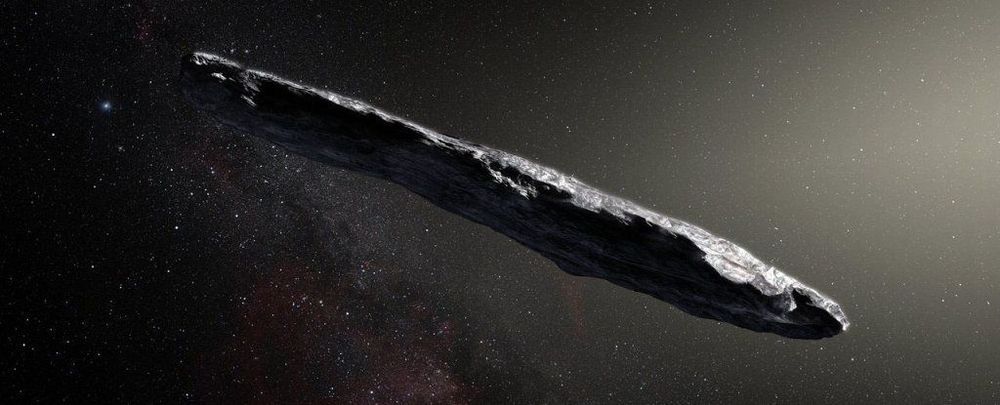Interstellar object ‘Oumuamua — that strange, cigar-shaped chunk of rock from somewhere a vast distance beyond the Solar System — is, new research has concluded, absolutely, positively not an alien spaceship.
OK, well, probably not. We can’t tell for sure without closely examining the thing, and it’s passed beyond our reach now. But, after carefully reviewing all our observations of the object, the international team of ‘Oumuamua scientists has concluded that everything we know about it is consistent with a natural origin.
We already mostly knew this. But a paper last year from Harvard astrophysics enfant terrible Avi Loeb briefly suggested the possibility that the rock was an alien probe. It was like a spark to dry tinder, honestly, and other scientists have been running around with buckets ever since.






